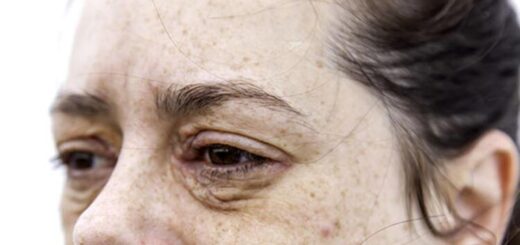Vega Test
The vega test is a naturopathy diagnostic system NOT recognized by traditional medicine.
It is used to reveal any organ malfunctions ( kidneys , liver , endocrine and exocrine glands, etc.) or to identify adverse reactions to foods .
The vega test is therefore the progenitor of current tools for the diagnosis of food intolerances ; however, its operating principle is based on quantum physics, a theory not yet univocally accepted by the scientific community.
Origins
It was invented by Shimmel, although the various basic “discoveries” relating to its functioning could be attributed to the German doctor Reinhold Voll. Only in the middle of the last century did he try his hand at what is still called electro- acupuncture (EAV).
Voll began by evaluating the electromagnetic charge of the Chinese acupuncture zones, respectively communicating via fixed meridians: 12 according to the classical discipline, plus another 8 that he discovered on his own. These meridians connect the organs to points of great sensitivity, letting a specific electric current flow (object of the analysis). By standardizing the evaluation, Voll devised a particular diagnostic method to identify any alterations in this electrical charge; furthermore, he understood (so to speak) that each organ had a particular frequency, which was not found in the others. Finally, by applying substances to these points, the doctor realized that “peculiar” reactions occurred; this was how he developed the Medication Test.
Only in 1976, Shimmel invented the actual vega test.
How does it work?
The vega test is based on the functioning of an electronic device.
This instrument, interacting actively and passively with the human organism, should provide data on certain organ disorders ( pancreas , liver, etc.) or on various forms of altered food tolerance .
The vega test communicates with the organism through the continuity of an electric cable, at the end of which two electrodes are placed; one is inserted into the instrument, the other is applied to the skin .
In the vega test, a specific housing is provided in which special vials containing a liquid in solution must be loaded. For example, by inserting the specific vial for the liver and applying the electrode to a specific point of the body (on the skin ), the vega test would measure its bioenergetics and detect any impairments of this organ.
Reliability
As can be easily deduced, the vega test has no reliability. To eliminate any doubt, an experimental study entitled ” Is electrodermal testing as effective as skin prick tests for diagnosing allergies? A double blind, randomized block design study ” was published in January 2001 ; the study concluded that “ the results of the electrodermal tests did not correlate with those of the skin tests. The electrodermal tests did not distinguish between atopic and non-atopic subjects. No element of the Vega test device was better than the others and no atopic state of any single participant was consistently diagnosed .”
The vega test is therefore not an effective method for diagnosing organ disorders or various food intolerances .









